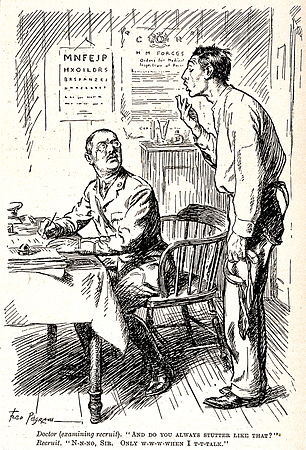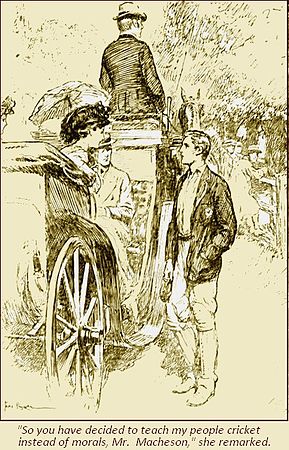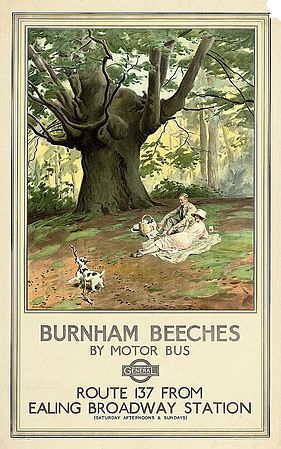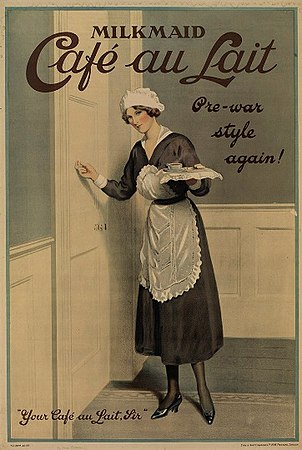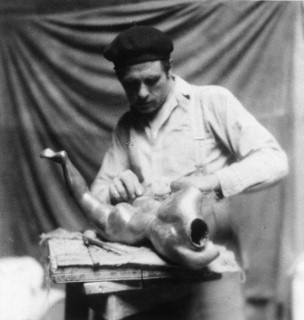
George Claude Leon Underwood was a British artist, although primarily known as a sculptor, printmaker and painter, he was also an influential teacher and promotor of African art. His travels in Mexico and West Africa had a substantial influence on his art, particularly on the representation of the human figure in his sculptures and paintings. Underwood is best known for his sculptures cast in bronze, carvings in marble, stone and wood and his drawings. His lifetime's work includes a wide range of media and activities, with an expressive and technical mastery. Underwood did not hold modernism and abstraction in art in high regard and this led to critics often ignoring his work until the 1960s when he came to be viewed as an important figure in the development of modern sculpture in Britain.

Charles Edmund Brock was a widely published English painter, line artist and book illustrator, who signed most of his work C. E. Brock. He was the eldest of four artist brothers, including Henry Matthew Brock, also an illustrator.
Alfred William Rich was an English artist, teacher and author.

Gordon Frederick Browne was an English artist and a prolific illustrator of children's books in the late 19th century and early 20th century. He was a meticulous craftsman and went to a great deal of effort to ensure that his illustrations were accurate. He illustrated six or seven books a year in addition to a huge volume of magazine illustration.
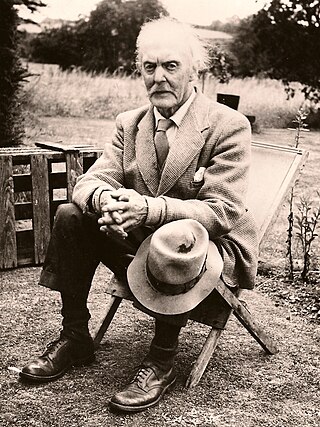
Fred Appleyard was a British artist known for his landscape paintings, portraits, classical subjects and allegorical compositions. He had 41 works exhibited during his lifetime by the Royal Academy and painted the mural Spring Driving Out Winter in the Academy Restaurant.

Alfred Edward Emslie was a British genre and portrait painter, and photographer, living at The Studio, 34, Finchley Road, N. W.

Henry Alfred Pegram was a British sculptor and exponent of the New Sculpture movement.
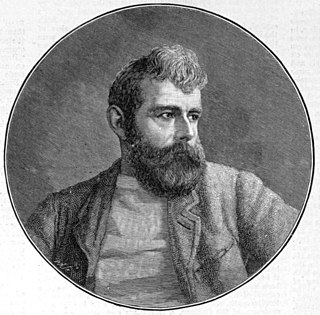
William Lionel Wyllie, also known as W. L. Wyllie, was a prolific English painter of maritime themes in both oils and watercolours. He has been described as "the most distinguished marine artist of his day." His work is in the Tate, the Royal Academy, the Imperial War Museum, the National Maritime Museum, the National Museum of the Royal Navy, and many other institutions around the world.

Henry Matthew Brock was a British illustrator and landscape painter of the late nineteenth and early twentieth century. He was one of four artist brothers, all of them illustrators, who worked together in their family studio in Cambridge.
The Society of Graphic Art is a British arts organisation established in 1919.
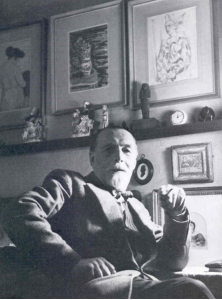
Clifford Hall, ROI, NS, was a British painter of street scenes and bohemian life. One of his more recognizable post-war phases was that of people covered to various degrees by a towel or blanket. Some have their faces turned from the viewer or hidden.
Arthur John Balliol Salmon was a British artist particularly noted for his illustrations and his work in pencil, chalk and pastels. He was one of the twenty leading illustrators selected by Percy V. Bradshaw for inclusion in his Art of the Illustrator.
John Archibald Webb (1866–1947) was a British painter and illustrator who illustrated over 150 books.
William Rainey was a British artist and illustrator. He was a prolific illustrator of both books and magazines and illustrated about 200 books during his career. He also kept painting and exhibited his work frequently. Rainey also wrote and illustrated six books himself, one was a colourful book for young children, the other five were juvenile fiction.

Christiana Mary Demain Hammond, known as Chris Hammond, was an English painter and illustrator. She was a member of the Cranford School of illustration, and illustrated reissues of classic English texts from the 19th century. Her illustrations were frequently found in Cassell's Magazine, The Quiver, and St. Paul's. She exhibited occasionally at the Royal Academy and Royal Institute of Painters in Watercolours.
The Brocks were family of artists in Cambridge at the end of the Victorian Era, throughout the Edwardian era and the Interwar period. The four brothers were professional painters and illustrators. Two brothers gained a large reputation with their illustrations for the works of Jane Austen and other English classics. One brother secured an honours degree in mathematics, a huge achievement at the time for someone from a lower-middle-class background. The three sisters had a much lower profile, in accordance with the social norms of the time. At least one of the sisters was a capable artist and poet, but it is not clear to what extent she earned her living from her art. The biographer of the family, Clifford Michael Kelly, started out with the intention of writing just about Charles and Henry, the most famous of them, but realised that all the siblings worked together and supported each other.
Claude Allin Shepperson was a British artist, illustrator, and printmaker specializing mainly in social scenes and landscapes.
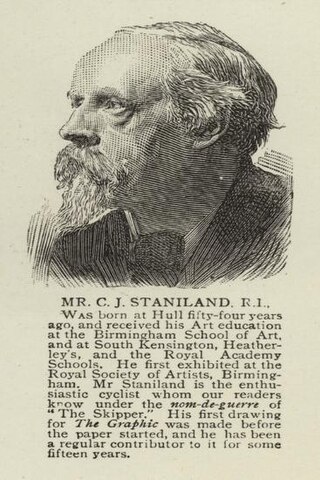
Charles Joseph Staniland was a prolific British genre, historical, and marine painter and a leading Social Realist illustrator. He was a mainstay of the Illustrated London News and The Graphic in the 1870s and 1880s.













